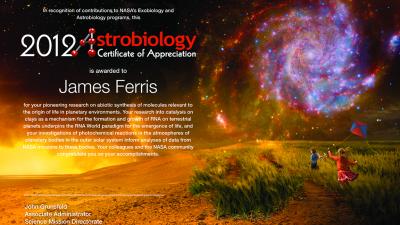Viewpoints: Making Medicine Personal
(Below is an opinion piece by our own Jonathan Dordick on the need for personalized medicine. Dordick is the Howard P. Isermann Professor of Chemical and Biological Engineering and Director of our Center for Biotechnology and Interdisciplinary Studies. This winter he spoke at World Economic Forum in Davos about pharmaceutical safety and development. He shares [...]








